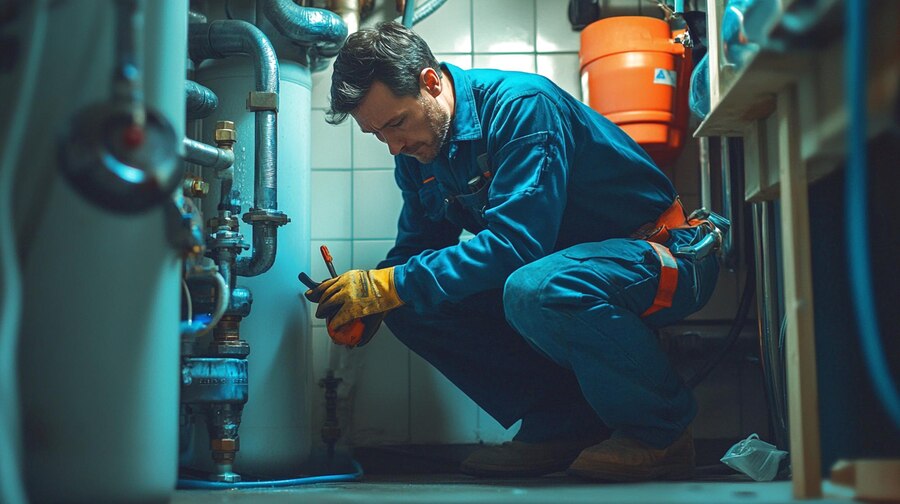According to the American Society of Home Inspectors (ASHI), over 60% of American homes suffer from below-ground wetness, and 38% run the risk of experiencing basement flooding. A functioning sump pump is crucial in preventing this type of water damage. However, sump pumps, like all mechanical devices, require regular maintenance to ensure they operate effectively. Ignoring potential issues can lead to costly repairs, extensive water damage, and even health hazards like mold growth.
Here are 8 warning signs that suggest it’s time to call a sump pump installer in Torrington, CT.
Table of Contents
Key Takeaways
Why Regular Sump Pump Maintenance is Crucial
8 Warning Signs You Need to Call a Sump Pump Installer Immediately
- Visible Damage to the Sump Pump
- Sump Pump Running When Dry
- Constantly Running Sump Pump
- Frequent or Constant Cycling
- Infrequent Usage
- Clogged or Blocked Discharge Line
- Strange Noises Coming from the Sump Pump
- Sump Pump Fails to Start or Respond
What to Do When You Notice a Warning Sign
How to Find a Reliable Sump Pump Installer
Frequently Asked Questions
Protect Your Home from Flooding – Contact L&P Plumbing Today!
Key Takeaways✔ Regular sump pump maintenance is crucial to extend its lifespan and prevent costly damage. ✔ Look out for visible signs of damage like cracks, rust, or missing parts, which indicate the need for professional repair. ✔ A sump pump running when dry signals potential issues with the float switch or wiring, requiring immediate attention. ✔ A sump pump that runs continuously may be undersized, have a stuck float switch, or a clogged discharge line. ✔ Frequent cycling can strain the pump’s motor and may be caused by an improperly sized pump or short discharge pipe. ✔ Even if rarely used, a sump pump still requires regular inspections to prevent unexpected failures. ✔ Blockages in the discharge line can lead to flooding; ensure the line is clear and correctly installed. ✔ Unusual noises like grinding or squealing often indicate mechanical issues that need professional repair. |
Why Regular Sump Pump Maintenance is Crucial
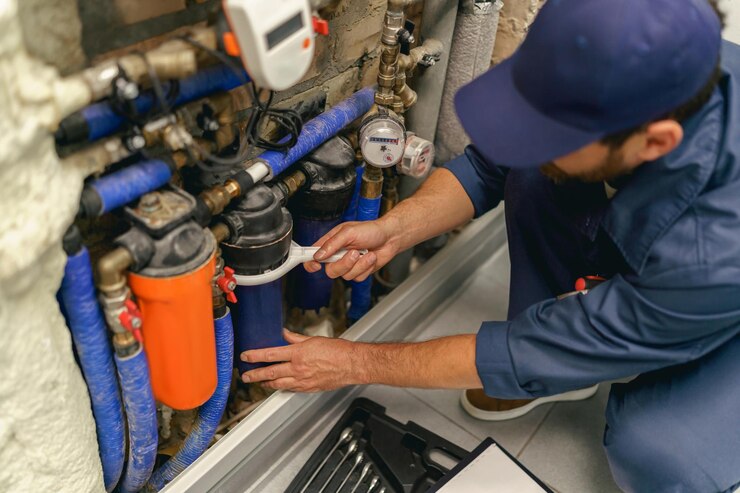
Sump pumps are often an overlooked component of home maintenance, primarily because they are out of sight, and tucked away in the basement or crawl space. However, neglecting this crucial piece of equipment can have severe consequences. A well-maintained sump pump can last up to 10 years, whereas a neglected one might fail within a few years.
To extend the lifespan of your sump pump, consider the following preventive measures:
- Regular Inspections: Schedule periodic inspections to check for any visible damage, rust, or signs of wear and tear. A sump pump installer can thoroughly assess the pump’s condition and perform necessary repairs before minor issues escalate.
- Clean the Sump Pit: Over time, dirt, debris, and sediment can accumulate in the sump pit, potentially clogging the pump or causing it to overwork. Regular cleaning of the sump pit ensures that the pump can operate efficiently.
- Test the Pump’s Functionality: Every few months, pour a bucket of water into the sump pit to ensure the pump activates and removes the water quickly. If the pump fails to respond or struggles to pump out the water, it’s time to call a sump pump installer.
- Check the Discharge Line: Ensure that the discharge line, which carries water away from your home, is clear of blockages and properly connected. A blocked discharge line can cause water to back up, rendering the sump pump ineffective.
- Replace the Battery Backup: If your sump pump has a battery backup, make sure the battery is charged and in good condition. A dead or weak battery will prevent the pump from operating during power outages, which are common during storms.
8 Warning Signs You Need to Call a Sump Pump Installer Immediately
Catching warning signs that your sump pump might be failing can prevent a minor issue from escalating into a significant disaster. Below are eight warning signs that should prompt you to call a sump pump installer without delay.
1. Visible Damage to the Sump Pump
One of the most obvious indicators that you need to call a sump pump installer is visible damage to the pump itself. Over time, constant exposure to water and other elements can cause the sump pump to deteriorate.
- Cracks: Cracks in the pump housing can lead to leaks, reducing the pump’s efficiency and potentially allowing water to escape into your basement.
- Rust: Rust is another common issue, particularly in older sump pumps. Rust can weaken the pump’s metal components, making them more prone to breaking or failing. If you notice rust forming on your sump pump, it’s a sign that the pump may be nearing the end of its lifespan.
- Missing Parts: In some cases, you might also notice loose or missing parts, such as screws, bolts, or seals. These components are essential for the pump’s operation, and their absence can lead to malfunctions.
2. Sump Pump Running When Dry
One of the most concerning signs that you need to call a sump pump installer is if your pump is running when there’s no water in the sump pit. A sump pump is designed to operate only when there is water present, so running dry indicates a significant issue.
- Overheating: Running dry can cause the motor to overheat because the motor relies on water in the pit to stay cool. Without water, the motor can quickly overheat and burn out, leading to a complete breakdown and rendering the pump useless.
- Malfunctioning Float Switch: This issue is often caused by a malfunctioning float switch, which may trigger the pump to run even when there’s no water to pump out. The float switch is responsible for detecting the water level in the sump pit and activating the pump accordingly.
- Wiring Issues: Another potential cause is a wiring problem that causes the pump to run continuously, regardless of the water level. This could be due to faulty wiring or an electrical short that needs to be addressed immediately.
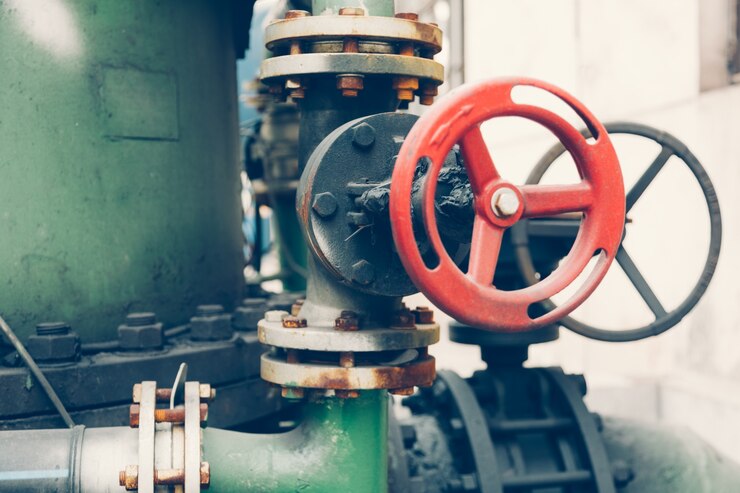
3. Constantly Running Sump Pump
While it’s normal for a sump pump to run more frequently during heavy rainfall or periods of high water levels, it should not be running continuously. A sump pump that never seems to shut off could indicate several issues, each requiring the attention of a sump pump installer.
- Stuck Float Switch: One common cause of a constantly running sump pump is a stuck float switch. The float switch might be caught on debris or an obstruction in the sump pit, preventing it from returning to its resting position and causing the pump to run continuously.
- Undersized Sump Pump: Another possibility is that the sump pump is undersized for the volume of water it needs to handle. If the pump is too small, it may struggle to keep up with the water intake, leading to constant operation. In this case, a sump pump installer can recommend a more appropriately sized pump for your needs.
- Clogged Discharge Line: A clogged discharge line can also cause the pump to run continuously. If the water being pumped out cannot exit the discharge line due to a blockage, the pump will keep running in an attempt to clear the water, leading to unnecessary wear and tear.
4. Frequent or Constant Cycling
Frequent cycling, or the constant on-and-off operation of your sump pump, is another warning sign that something is wrong. This issue can be caused by several factors, each of which can strain the pump’s motor and reduce its lifespan.
- Improper Size of Sump Pump: One possible cause is an improperly sized sump pump. If the pump is too powerful for the size of the sump pit, it may cycle on and off too quickly, leading to frequent cycling. Conversely, if the pump is too weak, it may struggle to keep up with the water intake, causing it to cycle more frequently than necessary.
- Improperly Positioned Float Switch: Another potential cause of frequent cycling is an improperly positioned float switch. If the float switch is set too high or too low, it can cause the pump to activate unnecessarily or fail to activate at the correct time. This can lead to the pump turning on and off more frequently than it should, which can wear out the motor over time.
5. Infrequent Usage
Even if your sump pump isn’t used frequently, it’s important to keep it in good working order to prevent unexpected failures:
- Risk of Corrosion and Mechanical Failure: Sump pumps that sit idle for long periods may develop issues like corrosion, mechanical failure, or electrical problems. Without regular use, these problems can go unnoticed until it’s too late.
- Accumulation of Debris, Rust, or Sediment: Infrequent usage can lead to the buildup of debris, rust, or sediment in the pump, which can cause it to malfunction when needed most. This accumulation can clog the pump and reduce its efficiency.
- Degradation of Electrical Components: Electrical components such as the motor or float switch may degrade over time, even if they are not in constant use. This degradation can cause the pump to fail unexpectedly when it is finally needed.
- Regular Inspections and Maintenance: To avoid these issues, it’s advisable to have a sump pump installer perform regular inspections and maintenance, even if your pump isn’t used often. Regular check-ups can help identify and address potential problems before they lead to more significant failures.
6. Clogged or Blocked Discharge Line
The discharge line is responsible for carrying water away from your home after it has been pumped out of the sump pit. If this line becomes clogged or blocked, the water has nowhere to go, leading to potential flooding in your basement or crawl space. If you suspect that your discharge line is clogged or blocked, it’s crucial to call a sump pump installer. Common causes of clogged discharge lines include:
- Debris and Sediment: Over time, debris, dirt, and sediment can accumulate in the discharge line, causing a blockage that prevents water from being pumped out effectively.
- Ice Formation: During cold weather, the water in the discharge line can freeze, creating an ice blockage that stops the flow of water. This is particularly common in discharge lines that are not properly insulated or buried below the frost line.
- Incorrect Installation: If the discharge line is not installed correctly, it may not slope downward sufficiently to allow water to flow freely. This can lead to water backing up into the sump pit and causing the pump to run constantly.
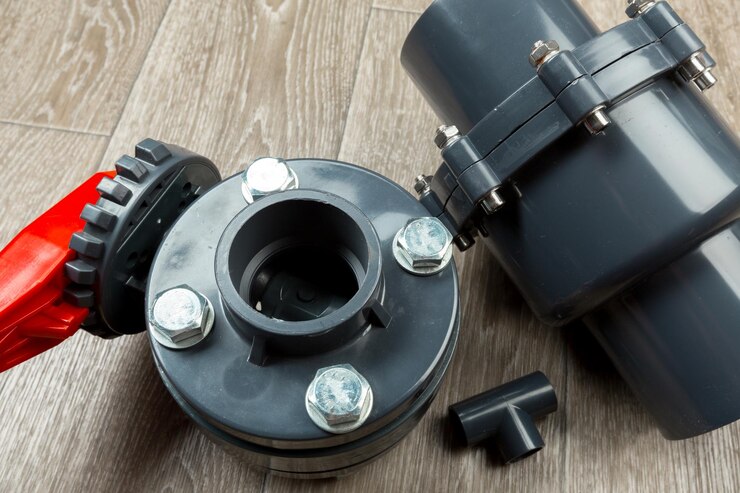
7. Strange Noises Coming from the Sump Pump
Sump pumps should operate relatively quietly, with only a faint humming sound as they pump water out of the pit. However, if you start to hear strange noises, such as grinding, rattling, or squealing, it’s a sign that something is wrong. Common causes of strange noises include:
- Damaged Impeller: The impeller is a rotating component that moves water through the pump. If the impeller becomes damaged or unbalanced, it can create grinding or rattling noises as it operates.
- Failing Motor: A motor that is nearing the end of its lifespan may produce squealing or whining noises as it struggles to function. This is often a sign that the motor is about to fail.
- Debris Caught in the Pump: Foreign objects or debris can become lodged in the pump, causing it to make unusual noises as it operates. This can lead to damage to the pump’s internal components if not addressed promptly.
8. Sump Pump Fails to Start or Respond
One of the most serious warning signs is when your sump pump fails to start or respond when water enters the sump pit. This issue can be caused by several factors, each requiring the expertise of a sump pump installer. Potential causes include:
- Electrical Problems: A sump pump relies on a steady supply of electricity to operate. If there is a problem with the wiring, circuit breaker, or power supply, the pump may fail to start. Electrical issues can be dangerous and should only be handled by a professional.
- Faulty Float Switch: The float switch is responsible for activating the pump when the water level rises. If the switch is stuck, damaged, or malfunctioning, the pump may not start, putting your home at risk of flooding.
- Burned-Out Motor: A motor that has been overworked or has reached the end of its lifespan may fail to start. A burned-out motor is a serious issue that typically requires a complete replacement of the sump pump.
What to Do When You Notice a Warning Sign
If you notice any of the warning signs mentioned above, there are a few steps you can take before calling a sump pump installer. These steps can help you determine whether the issue is minor and easily fixable or if it requires professional intervention.
1. Check the Power Supply
Ensure that the pump is properly connected to a power source and that the circuit breaker has not tripped. If the pump is not receiving power, it won’t operate correctly.
2. Inspect the Sump Pit
Look for any debris, dirt, or obstructions that could be interfering with the pump’s operation. Clearing the pit may resolve the issue.
3. Test the Float Switch
Manually lift the float switch to see if the pump activates. If the pump starts when you lift the switch, the issue may be a stuck or misaligned float.
4. Examine the Discharge Line
Check the discharge line for blockages or kinks that could be preventing water from flowing out of the sump pit. Clearing the line may restore proper function.
How to Find a Reliable Sump Pump Installer
When it comes to hiring a sump pump installer, it’s essential to choose a professional with the right qualifications and experience. Here are some tips to help you find a reliable sump pump installer:
1. Check Credentials
Ensure that the sump pump installer is licensed, insured, and certified to perform the work. This guarantees that they have the necessary training and expertise to handle the job.
2. Read Reviews
Look for reviews and testimonials from previous customers to get an idea of the installer’s reputation and quality of work. A sump pump installer with positive feedback is more likely to provide reliable service.
3. Ask for References
Don’t hesitate to ask for references from past clients. Speaking with previous customers can give you insight into the installer’s professionalism and reliability.
4. Get Multiple Quotes
It’s a good idea to get quotes from several sump pump installers before making a decision. This allows you to compare prices, services, and warranties to ensure you’re getting the best value for your money.
5. Inquire About Warranties
Ask about the warranties they offer on their work and the equipment they install. A reputable installer should provide a warranty that covers both labor and materials.
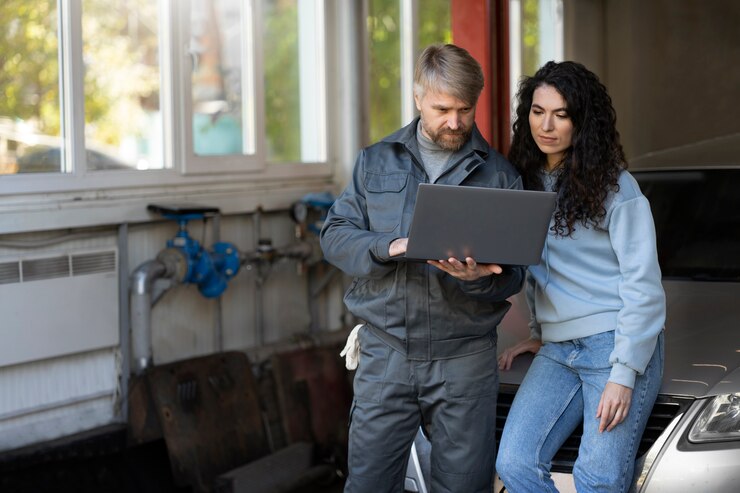
Frequently Asked Questions
How much does it cost to install a sump pump?
The cost to install a sump pump can vary widely depending on the type of pump, the complexity of the installation, and your location. On average, homeowners can expect to pay between $1,000 and $3,000 for a professional installation. Additional costs may apply if you need to install a battery backup or if extensive modifications to your basement are required.
What type of sump pump is best for my basement?
The best type of sump pump for your basement depends on your home’s specific needs, including the water table level, basement size, and local weather conditions. Submersible pumps are often recommended for their durability and quiet operation, while pedestal pumps are easier to maintain. Consulting with a sump pump installer can help you choose the most suitable pump for your situation.
Do I need a battery backup for my sump pump?
A battery backup is highly recommended for sump pumps, especially in areas prone to power outages during storms. Without a backup, your sump pump could fail when you need it most, leading to potential flooding. Installing a battery backup ensures that your pump will continue to operate even when the power goes out.
Can I install a sump pump myself, or should I hire a professional?
While it’s possible to install a sump pump yourself, hiring a professional sump pump installer is generally recommended. Professional installation ensures that the pump is correctly installed, reducing the risk of malfunction or improper drainage. A professional can also offer advice on the best pump for your needs and ensure that all local building codes are met.
Protect Your Home from Flooding – Contact L&P Plumbing Today!
Don’t wait until it’s too late—ensure your sump pump is ready to protect your home from water damage. If you’re a resident of Torrington, CT, trust the best sump pump installer at L&P Plumbing. Our expert team at L&P Plumbing in Torrington, CT, is ready to assist you with professional service and reliable solutions.
Contact L&P Plumbing in Torrington, CT, today to schedule an inspection and keep your home safe and dry!

